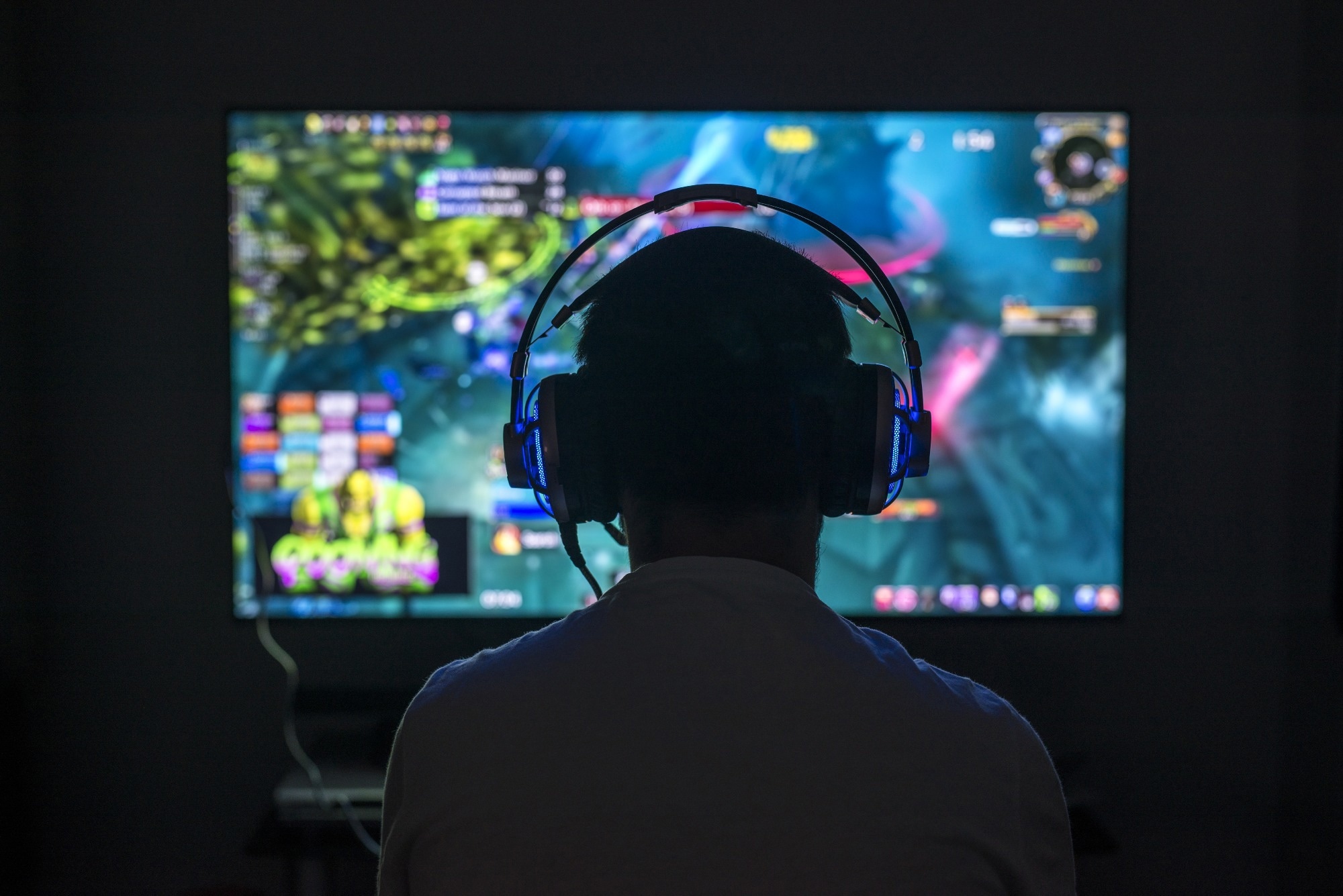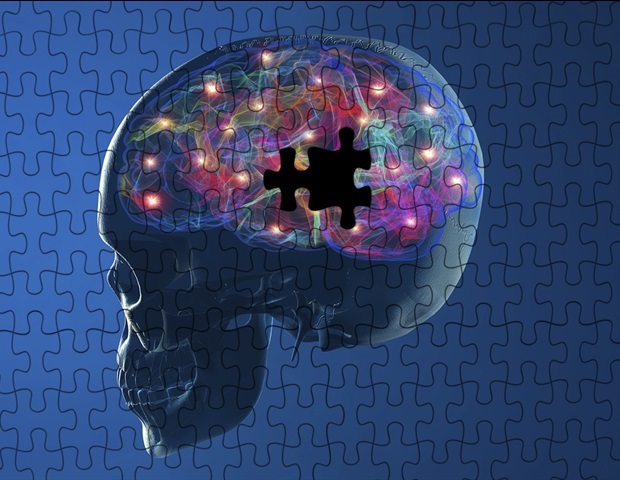A recent JAMA Network Open study investigated the efficacy and underlying neural mechanism of mindfulness meditation (MM) intervention for treating adults with Internet Gaming Disorder (IGD).
 Study: Efficacy and Neural Mechanisms of Mindfulness Meditation Among Adults With Internet Gaming Disorder. Image Credit: sezer66 / Shutterstock
Study: Efficacy and Neural Mechanisms of Mindfulness Meditation Among Adults With Internet Gaming Disorder. Image Credit: sezer66 / Shutterstock
Background
IGD is associated with multiple health and mental issues, including emotion dysregulation, neurocognitive impairment, executive dysfunction, and physical problems. Several studies have highlighted that changes in neural features, such as altered activation of frontal brain regions, influence IGD.
Strong cravings experienced by individuals with IGD have been associated with changes in the frontal brain regions, namely the orbitofrontal cortex and the dorsolateral prefrontal. Furthermore, changes in connectivity among brain regions linked with reward processing and executive control have also been observed in individuals with IGD.
To date, not many treatments are available to alleviate the behavioral, pharmacologic, and neuromodulatory domains of IGD. Even though some of the available treatments have successfully decreased gaming cravings or reduced gaming time, there has been a high gaming recurrence when the treatment was stopped. Research on substance use has indicated that cravings after cessation are the leading cause of relapse. Although games have also been used for educational purposes to promote learning, they could also induce cravings among individuals with IGD.
MM is a versatile and socially accepted therapy that enhances attention spells and self-regulation. Recently, it has also been accepted as a clinical intervention. In MM, individuals are advised to attend the sessions in a non-judgemental way and maintain a relaxed vigilance for distractions.
Since MM influences specific brain regions, such as the anterior cingulate cortex, striatum, prefrontal cortex, insula, and precuneus, it could alter responses to cues that cause cravings and addictive behaviors. Therefore, it is vital to assess its effectiveness and tolerability for IGD.
About the Study
The current randomized clinical trial investigated the effectiveness and mechanisms of MM in treating individuals with IGD. This trial was conducted from October 1 to November 30, 2023, at Hangzhou Normal University in Hangzhou, China. It was hypothesized that MM may reduce gaming craving and addiction severity by altering brain mechanisms of cortical and subcortical brain regions.
Individuals above 18 years of age were recruited for this study. The potential candidates completed an online Internet Addiction Test (IAT), and a psychiatrist assessed those who scored greater than 50 to diagnose IGD, following standard protocols. A total of 80 participants fulfilled all eligibility criteria and were randomly assigned to either the experimental group (MM) or the control group (progressive muscle relaxation-PMR).
Study Findings
It was noted that for both groups, the MM and PMR groups, all pre-test vs. post-test indicators of IGD decreased. This highlights the need to include a control group to better understand relative magnitudes. Overall, 8 MM training sessions successfully reduced gaming cravings relative to PMR.
Concerning brain functions, it was noted that MM lowered activation in lentiform nuclei, medial frontal gyrus (MFG), and insula, i.e., regions previously implicated in craving. The lentiform nucleus plays a key role in dopaminergic circuitry and is triggered in cue-induced craving, including in individuals with IGD. Here, a positive correlation between lentiform activation and gaming craving was noted, with muted activation post-MM treatment. This suggests cue-related lentiform activation could be a potential biomarker of IGD treatment, with MM decreasing such activation.
MFG also showed reduced cue-related activation after MM. It is also implicated in executive control. Higher brain activity in these areas means that individuals could be trying to inhibit urges in the presence of cues. MM operation could be, at least partially, by altering cue reactivity and enhancing behavioral control.
A reduced insula activation was observed after MM during one task in the experimental group. The insula has also been implicated in craving, similar to the cortical regions and lentiform nuclei. Greater activation of the anterior insula has been correlated with nicotine withdrawal. It has also been linked to reactivity to gaming cues. A higher activation to gaming cues was noted in individuals with IGD after a craving behavioral intervention. Additionally, lower connectivity was observed between the regions implicated in craving and insula. The results obtained here suggest that MM could lower craving, part of which could be attributed to muted insular activation in response to gaming cues.
Conclusions
In sum, it has been shown that MM is more effective in reducing gaming cravings and addiction severity relative to PMR. Furthermore, MM mitigated activation in cortical and subcortical brain regions, i.e., those previously implicated in craving responses. The findings suggest that MM could alter frontopallidal responses underlying craving and could be used to treat IGD.








